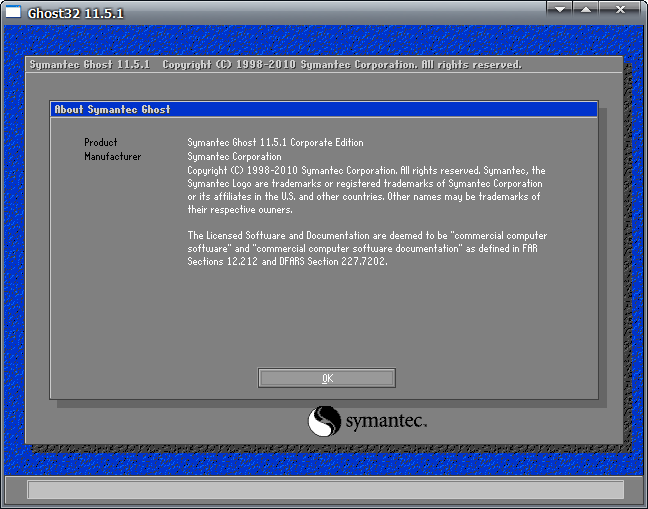

This project is a collaborative initiative that works closely with fishing families, businesses, non-profits, and governments, to survey and recover abandoned, lost or otherwise discarded fishing gear in coastal British Columbian waters. The Emerald Sea Protection Society is a group of divers and scientists addressing the complex problem of ghost gear and other marine debris through research, underwater surveys, recovery, recycling (where possible), and education. In 2020, a “push button” function for the electronic Vessel Monitoring Systems was developed and linked to individual trap tags, to ensure fishery-independent oversight in the recording and reporting of lost gear. The data collected provides the precise locations and amount of gear loss which is the essential first step in ghost gear recovery. The program incorporates the use of individual trap tags and can be linked to the electronic Vessel Monitoring System to ensure fishery-independent oversight. The Pacific Prawn Fishermen’s Association, in conjunction with a fishery-independent at-sea observer company, developed a real time, at-sea, electronic data capture program for recording gear loss in the BC Commercial Prawn Fishery.

So far, approximately 15,000kg of waste has been diverted from landfill. This support provides much needed critical infrastructure to capture plastic wastes, divert them from landfill and responsibly recycle items to not only support innovative technologies but further implement pragmatic solutions to grow the Canadian plastic circular economy. Two pilot collection programs were built in Tofino and Powell River, British Columbia, to manage select ghost gear resources in Pacific Canada. The Ocean Legacy Foundation is proud partners with the qathet Regional District and the Alberni-Clayoquot Regional District. *Ocean Legacy Foundation received a lump sum of $354,137.50 which was divided between 2 projects. This support provides much needed critical infrastructure to capture plastic wastes, divert them from landfill, and responsibly recycle items to not only support innovative technologies but further implement pragmatic solutions to grow the Canadian plastic circular economy. Secondly, perhaps more surprisingly, for many of the diseases considered in the study, the nineteenth century pattern of deprivation was at least as good a predictor of disease patterns as that from the present day.The Ocean Legacy Foundation is proud partners with the qathet Regional District and the Alberni-Clayoquot Regional District.

Firstly, a combination of historical deprivation and present-day deprivation did a better job of predicting ill health and mortality than present-day deprivation on its own. The results of this study were somewhat surprising. To do this, they drew on a study of poverty conducted by Charles Booth in 1896, which resulted in a ‘Descriptive Map of London Poverty’ for that period. However, the study had a twist to the usual studies of health deprivation: rather than looking at how mortality and disease related to deprivation and poverty in 1991, the researchers looked at the links between 1991 health inequalities and deprivation in 1896. Examples of such diseases include stroke and lung cancer. More recently, a study undertaken in the UK (Dorling et al, 2005) looked at 1991 health inequalities for mortality from all causes of death and for diseases known to be related to deprivation. For example, in the UK, the Black Report of 1980 described how health service provision could be used to address inequalities in health outcomes (see Chapter 8 of the reference below).īut how successful is this strategy and does it really work? A review of health inequalities in the UK which took place in 1998 (the Acheson report – see references) found that little had changed since the earlier 1980 Black Report. Health inequalities are the differences in health outcomes and experiences between different groups, typically expressed either in terms of geography, socio-economic status, or ethnicity. Planning of health provision by some governments attempts to distribute the available resources so as to minimise health inequalities. 8.3 Endurance of inequalities through time


 0 kommentar(er)
0 kommentar(er)
